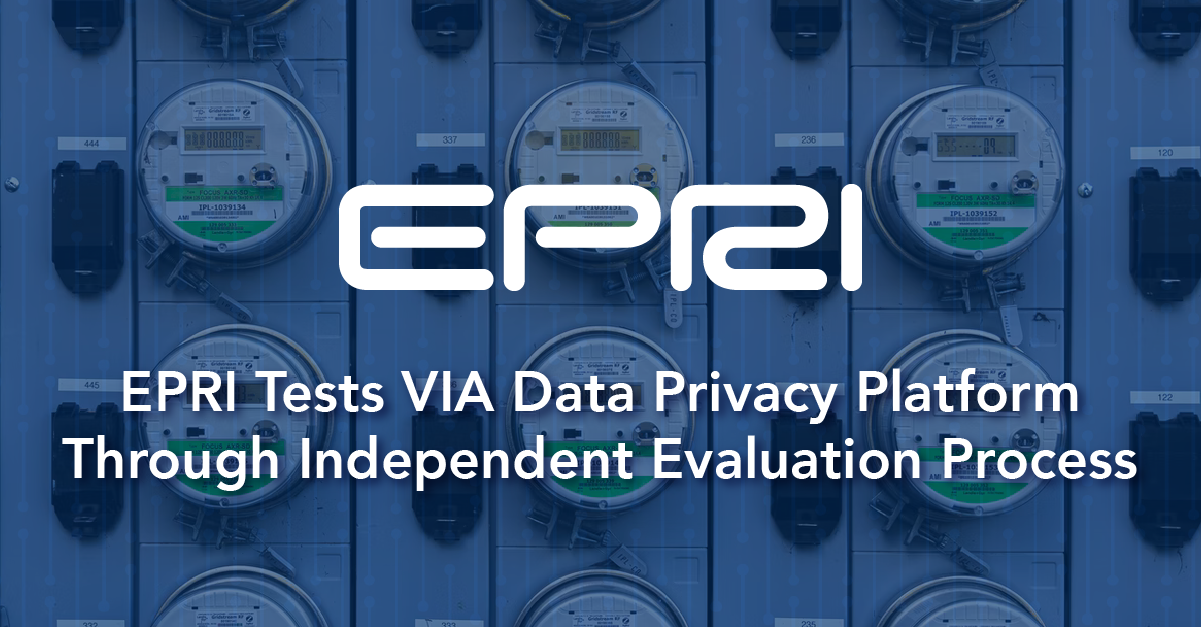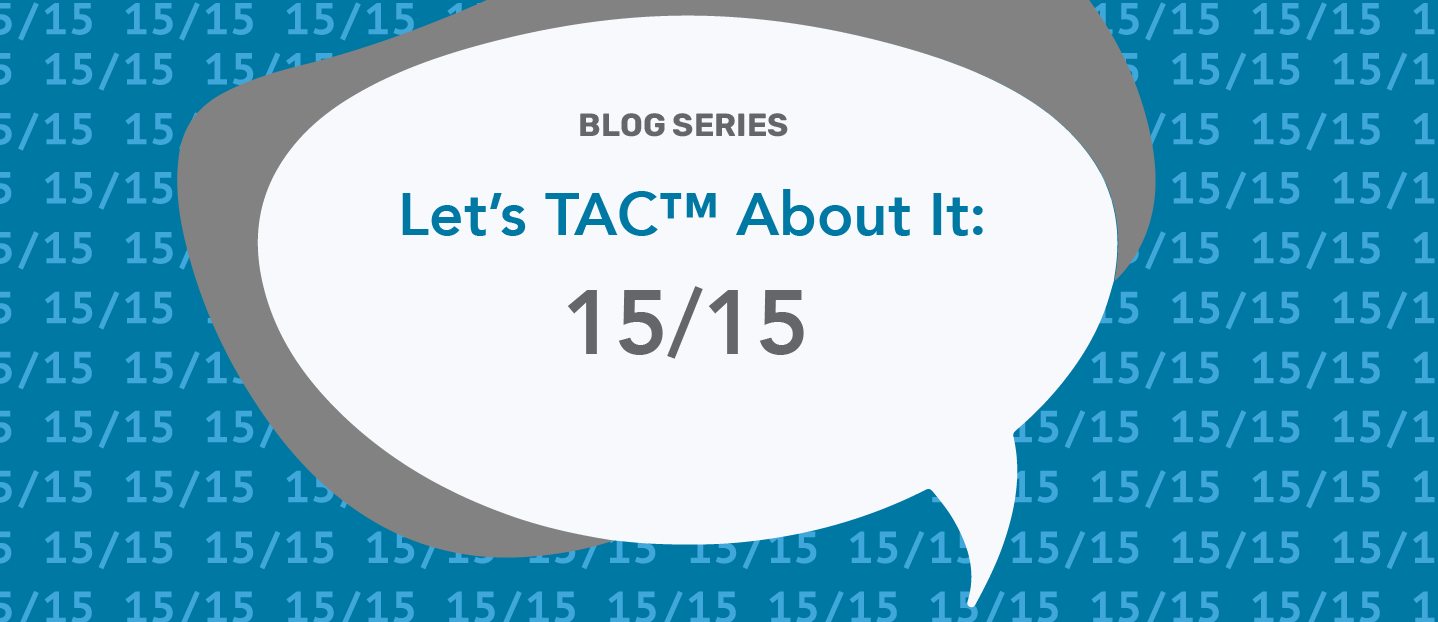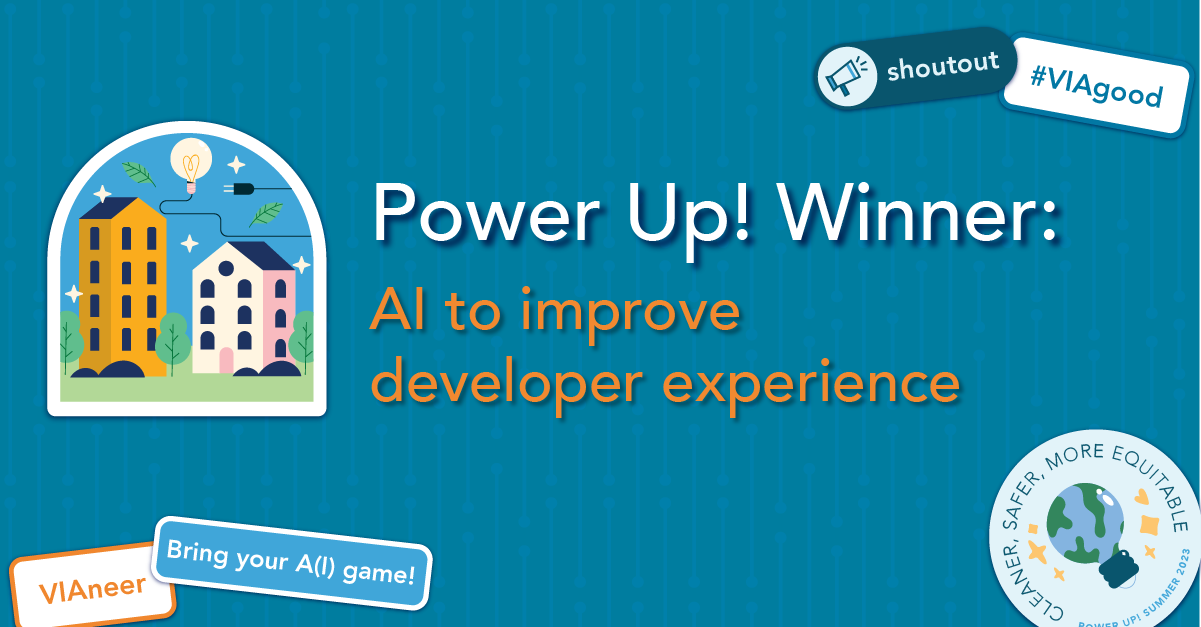Let’s TAC™ About It: Models for Private Data Service
For the second installment of our blog series, we will cover VIA’s Models for Private Data (MPD) service. So, are you ready to TAC™ about it?
Companies are awash with data. To make sense of the growing data volume, AI models continue to proliferate in number and improve in performance. Even better, many of the best models are open sourced. Leading companies like Amazon, Google, Microsoft, and others have made freely available AI models for everything from facial recognition to text analysis.
So, why aren’t more companies taking advantage of these models for analysis of their corporate data?
One of the top challenges is data privacy. Many companies are fearful of sending their data to the cloud or to an external AI provider. Data and AI regulations from Europe (GDPR) to California (CCPA) are complex to navigate. Even without government oversight, companies worry about the reputational cost of a real or perceived privacy violation.
VIA’s TAC™ platform solves this with its Models for Private Data (MPD) service.
TAC™’s MPD service makes machine learning models available for download and easy incorporation into data science workflows. This has the dual benefit of eliminating the need to send data outside the organization or to the cloud and also the need to have internal AI experts to run state of the art machine learning models. The result is that data is kept private and secure.
As an example, imagine a company capturing images about their equipment to identify corrosion. Through TAC™’s MPD service, a data scientist can choose a corrosion analysis model (e.g., a pre-trained TensorFlow algorithm) and easily incorporate that model into their workflow. The MPD service accomplishes this by using containers to make the models easily accessible through their Python scripts. The models use input from their local databases and return a list of predictions locally. Data remains on premise in their local VPC at all times. This is one way that we keep data private across our Global Data Asset Collaborative™ (GDAC™) with multiple energy utilities.
Stay tuned for a video demo of this service in the coming weeks!






